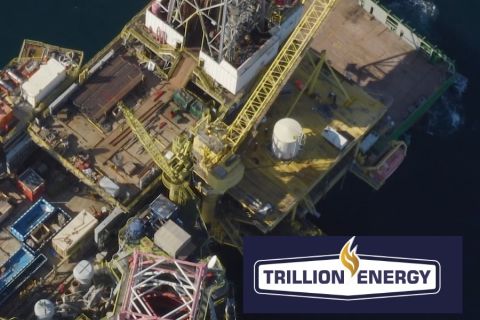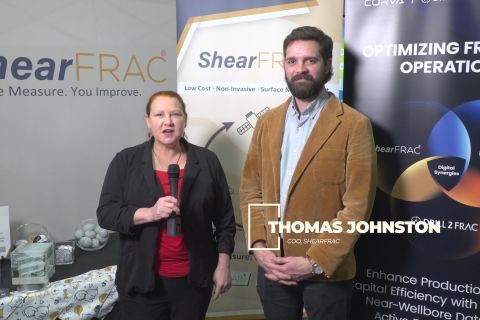Presented by:

[Editor's note: A version of this story appears in the January 2021 issue of Oil and Gas Investor magazine. Subscribe to the magazine here.]
A new year means new beginnings for oilfield services companies, but whether the start of another decade includes a rewrite of the past or the unexpected remains to be seen.
The road back to normalcy—which is still taking shape—has been challenging for pressure pumpers. Stressed by market forces and rattled by a demand-altering pandemic, cash strapped U.S. shale players slowed activity in 2020, sending hydraulic fracturing spreads plummeting from about 350 to 50 by midyear, analysts say. Some pressure pumpers cracked under pressure. A few left the business altogether, while some sought bankruptcy protection. Others found strength in consolidating with peers or forming partnerships. Still, technology remained a focus for many, looking to captivate E&Ps with efficiency gains and cost-effective offerings too good to bypass as conditions slowly improved and prices stabilized.

as a pressure company is the extent that you can automate things that remove people from location and reduce nonproductive time,” says Sean Shafer, managing
partner for Energy & Industrial Advisory Partners.
By year-end the frac spread count had inched up to about 130 by the estimates of Energy & Industrial Advisory Partners (EIAP), a Houston-based energy consulting firm. Looking ahead, uncertainty remains. Winter threatens to bring more COVID-19 cases, slowing energy demand, even as pharmaceutical companies race to bring vaccines to the market.
Despite significant uncertainty given new lockdowns and other moving parts, frac spreads are not expected to drop in 2021 to levels seen in March through May 2020, according to Sean Shafer, a managing partner for EIAP. He forecasts the count will stay in the 130 to 150 range for most of 2021 with oil prices in the $40s. There might even be an uptick in the third quarter, he said, particularly in natural gas-focused basins such as the Haynesville Shale and Appalachia Basin.
The increase, far below levels seen during times of record U.S. oil and gas production, would be a welcomed improvement for pressure pumpers.
“COVID-19 has significantly disrupted the industry in an unprecedented way, but the industry was already under a significant amount of pressure prior to COVID-19,” he said, referring to the pullback in outside investment that slowed completions and the oversupplied market.
Though this is a hard time to talk about pressure pumpers in general, it is not all doom and gloom, said John Jameson, a senior consultant for EIAP and former president of the Pressure Control division for Weir Oil & Gas.
“There are some green shoots in the pressure pumping world,” he said.
Bucking trends
Unlike conventional fleets, few companies laid down electric fracturing, or e-frac, fleets when the latest market downturn began in 2020. Of the 130 or so frac fleets running in November, between 12 and 15 e-frac spreads continued to run alongside a reasonable number of dual fuel spreads, EIAP data shows.
E-frac pure-player Evolution Well Services was pumping with all seven of its e-frac fleets in the Eagle Ford Shale and Permian, Marcellus and Utica basins.
“Being an electric frac company vs. conventional actually affords us a bit of a tailwind currently, particularly as the ESG movement gains momentum,” said Carrie Murtland, COO for Evolution Well Services.
The company is eyeing opportunities for growth but remains mindful of the discipline and strategy required during today’s challenging market cycle, according to Murtland.
“While the down market of 2020 has resulted in minimal opportunities to grow our business, we have found a silver lining during this time,” said Murtland. “Evolution has taken this opportunity to focus on our people, existing client relationships and digital technology development to strengthen our pumping performance for our customers. As a result, we have reduced our pumping nonproductive time by50% since February.”
The company, which celebrated in October the completion of over 20,000 frac stages with its natural gas-powered e-frac technology, is also working on rolling out new technology. Its latest applications include two machine learning systems.
“We are keenly aware of how rapidly the completions space changes, which means that our technology must constantly improve to keep up with the opportunities in front of us,” Murtland said. “Currently, our technology focus has been centered around enhancements that will help us pump higher rates, simultaneous frac ops and ultimately achieve more pumping hours in each day.”
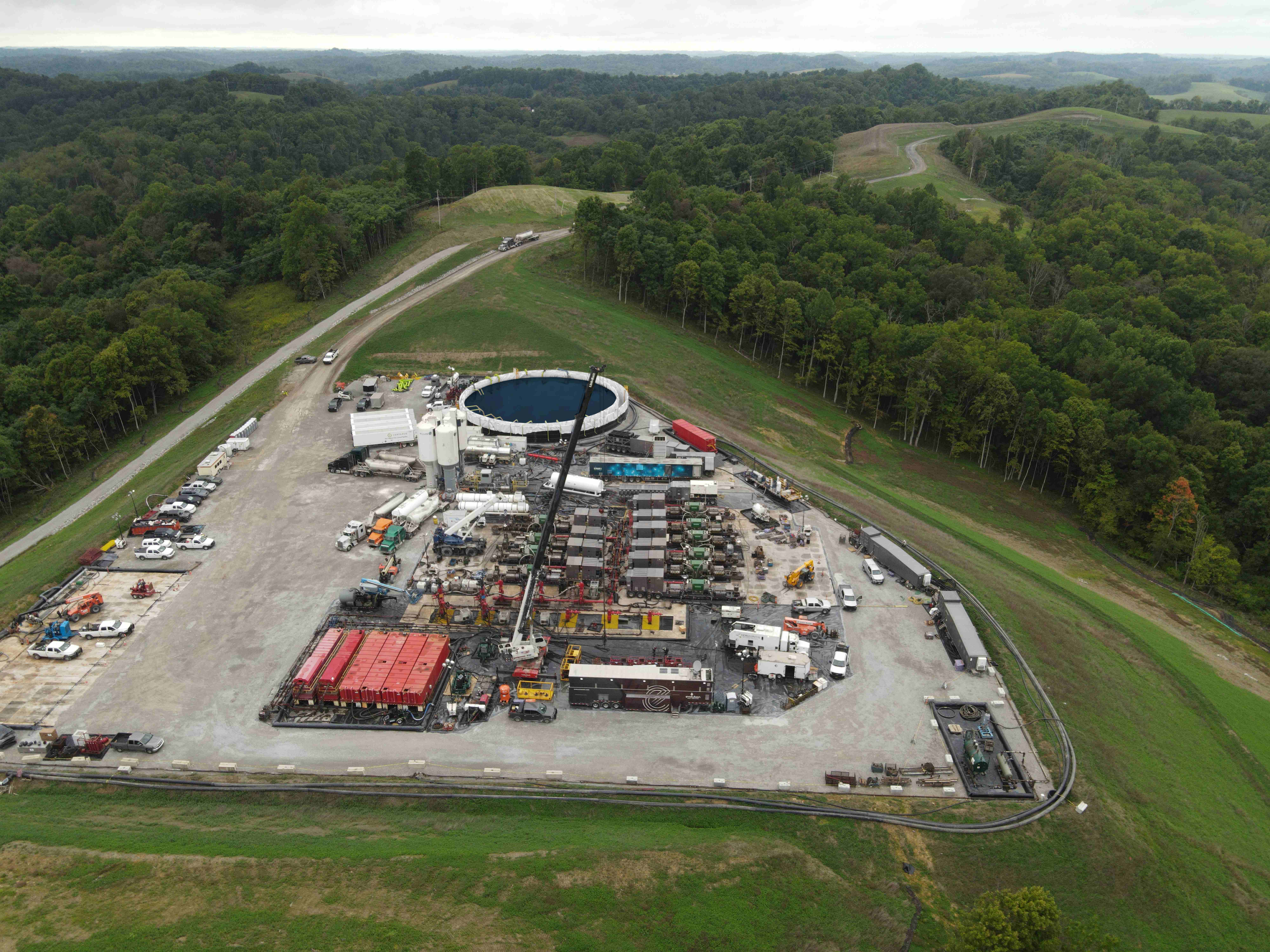
The efforts come as others also look to advance technology and execute long-term contracts.
Houston-headquartered NexTier Oilfield Solutions Inc. teamed up with oilfield service provider National Oilwell Varco Inc. (NOV) to collaborate on field testing NOV’s electric fracturing system. Following a successful trial of its Clean Fleet technology, U.S. Well Services said in April it had inked a three-year contract for e-frac services with top Appalachian Basin gas producer EQT Corp.
“This partnership will allow EQT to capture proven operational efficiencies to deliver on our well-cost targets while decreasing our carbon footprint and opening the door for future innovation as we evolve the way we operate,” EQT CEO and President Toby Z. Rice said in a news release at the time. “This agreement secures one-third of our planned activity levels, preserving EQT’s operational flexibility for the future.”
Todd Bush, head of U.S. unconventionals for Westwood Global Energy Group, placed U.S. Well Services and Evolution among the select few pressure pumpers that are winning business thanks to their lower emissions electric fleets. The bright spots emerge as investors demand sustainable development of resources amid building ESG pressures.
Despite the strides, the segment—like its conventional counterparts—is not without challenges.
“They’re not able to charge more yet,” Bush said, noting e-frac providers are likely on the leading edge of the recovery for pressure pumpers. “If they’re able to charge more, I think that will also enable others to begin increasing their pricing or maybe just get the pricing back to a level where it’s sustainable.”
Gaining strength
Similar to other oilfield service providers, pressure pumpers have been convinced by financially struggling operators to lower costs over the last few years. Some are planning to try their luck again, although costs have fallen dramatically. The odds may be against them this time.
“As E&Ps are consolidating there’s already been a couple of companies that have stated they’re going to try and push service costs lower,” Bush said. “We don’t see too much opportunity there because the frac pricing is lower than it has been in years.”
Shafer shared similar sentiments. “There’s not really any meaningful room for continued price concessions for pressure pumpers,” he said. “There’s just not really any meat left on the bone.”
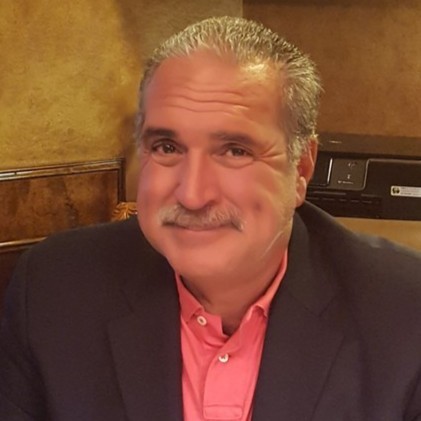
The only avenue Shafer sees fora reduced price point is a complete remake of how work is done on location. Most E&Ps realize that asking for a further 20% to30% lower pricing is not sustainable now, he said. There are ways pressure pumpers can strengthen their business.
Some movement in prices to build in the margin needed to reactivate crews and repair equipment could help, according to Bush. So could technology utilizing real-time data and analytics to help improve performance and cost structures, while perhaps developing deeper relationships with E&Ps.
“First and foremost, they have to drive efficiency on location,” Jameson said. That means being capable of pumping 16 to 20 hours in a 24-hour period and cutting nonproductive time. “There are some pressure pumpers out there that do it better than others … Liberty Oilfield Services is one example of driving efficiency in their people, processes and equipment design.”
Industry players sometimes get caught up in how many stages are pumped in a 24-hour period, said Jameson, who has been in the business for about 40 years. Hours pumped is the more important metric in terms of significantly improving profitability as well as benchmarking efficiency on location, he said.
Removing equipment from the oversupplied market is also a must.
“We as an industry have done a pretty poor job of retirement. Frac pumps tend to either have nine lives or the endurance of a cockroach,” Jameson said. “Literally, it just never, never gets retired. It either goes to the back of the yard and then gets pulled out again on occasion or is sold to a competitor.”
However, that changed with the latest downturn as equipment is being retired and cut up. Pressure pumpers should also be realistic about customers’ lack of desire for certain services. Five or six years ago, pressure pumpers were expected to provide sand, diesel and chemicals among other things. The majority of these products have been decoupled from frac treatments to the detriment of many companies that developed organizations and infrastructure to provide sand, storage and chemicals on location, he said.
“Customers are now buying these products directly from suppliers effectively decoupling them from the price charged for the treatment,” Jameson said. “Pressure pumpers have to do the same thing and delete those types of services and their associated costs that just don’t add any value anymore.”
EIAP said pressure pumpers must streamline their business models and balance sheets to the “absolute essentials” for customers while also maintaining capital and pricing discipline.
“Pumpers with good operational performance should be willing to decline jobs to emphasize to E&Ps that in the long run, cheaper pricing from a pumper with poor operations does not save money,” EIAP wrote in a 2020 report. “Pumpers should view all bids through financial metrics including return on capital employed and EBITDA per spread and not accept dilutive contracts unless there is a strong strategic reasoning.”
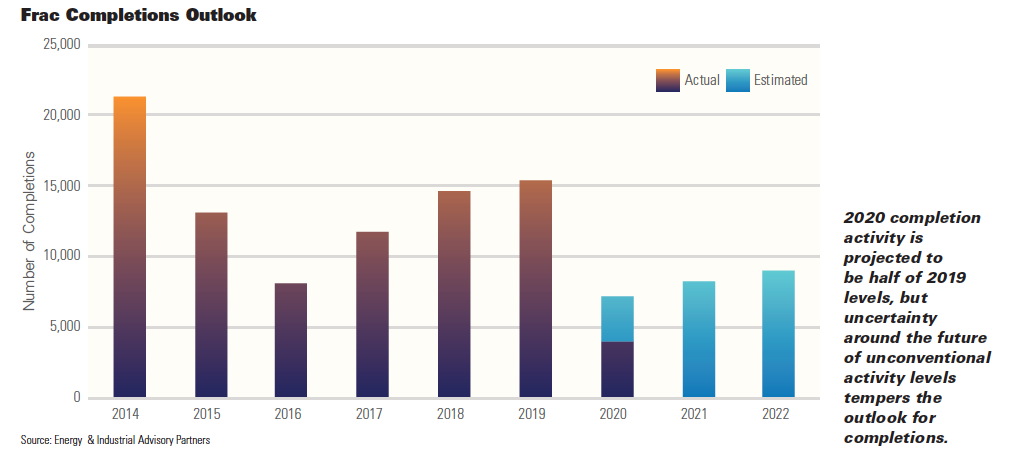
Jameson admits that that—pressure pumpers declining jobs—is difficult to implement in real life given many are in survival mode, competing for a limited number of jobs.
ESG issues should not be ignored, Jameson added. Companies should be proactively looking for ways to reduce carbon footprints on location and modify or replace equipment to improve emissions.
“Companies can no longer just focus on profits but now must publicly prove their commitment to caring—caring about the environment, caring about people and caring about how responsibly their business is managed,” Murtland said, adding the industry must find ways to attract outside investment. “This can only be done by adjusting our industry’s operating practices to meet investors’ evolved views on ESG and profitability thresholds.”
She anticipates Evolution’s peer group will roll out more self-imposed goals and targets, raising the bar for everyone in the industry.
“Five years from now, we expect to see social and environmental factors playing into the product and service development lifecycle much earlier in the design process, ensuring tha tall new roll-outs will have ESG engineered in from the start.”
Becoming ‘efficiency fanatics’ Perhaps key to it all for pressures pumpers, however, is becoming what EIAP called “efficiency fanatics.” Think proactive maintenance programs, upgrading pumping equipment and embracing key technologies such as real-time diagnostics, vibration analysis and enhanced frac iron.
“One of the big drivers right now for profitability as a pressure company is the extent that you can automate things that remove people from location and reduce nonproductive time,” Shafer said.
A side benefit, he added, is safety with fewer people on site operating frac spreads. “That’ll help drive costs down, increase profitability. Overlapping with that automation is comprehensive maintenance programs that keep pumps working longer, predict failures so that they can pull a pump from the line before it fails.”
Automated equipment can also reduce or eliminate manual processes like lubricating valves.
“The smart pressure pumpers strive for efficiency, look for ways to improve their overall ESG footprint and embrace technology that will help toward that end,” Jameson said.
The ability to make such moves could set the survivors apart from the departed. Whether operators would be willing to pay more for technology remains to be seen. “I’m not going to say that the oil and gas operators are not willing, but there has to be a very strong economic benefit for them to try that,” he said.
Technologies that improve HS&E are an even tougher sell right now—not because there is no interest but because it is already expected. “If you don’t have solid HS&E performance, you’re not going to work for most oil and gas operators.”
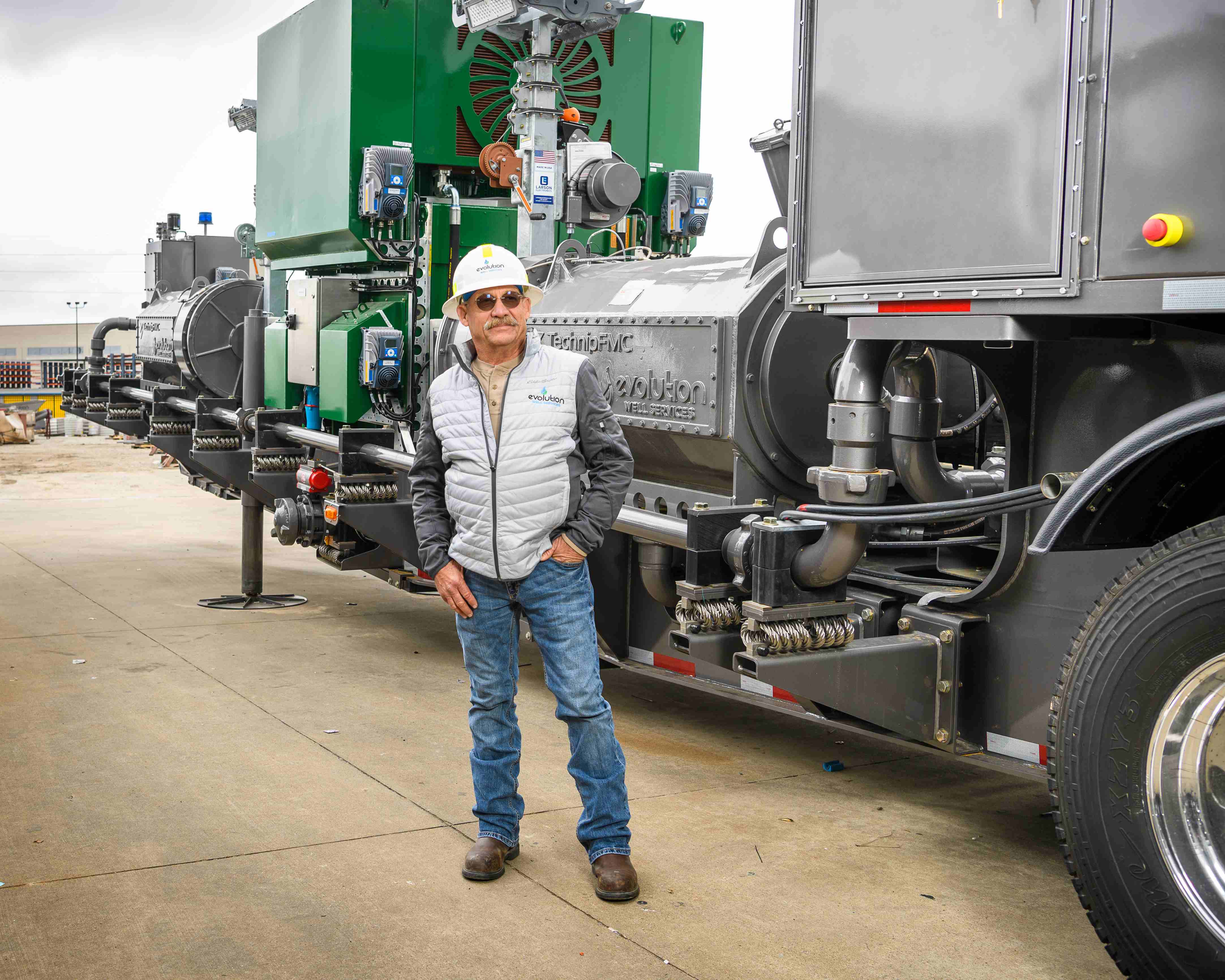
Looking ahead
Analysts expect most of frac demand will be in the Permian, Haynesville and Marcellus. Westwood data showed active frac crews were up from about 130 in third-quarter 2020 to about 145 in the fourth quarter. More than 80 of those crews were in the Permian Basin, rebounding from lows of about 18 to 20 in June as E&Ps paused during the pandemic, Bush said.
The energy consulting firm forecasts the number of frac crews will be about 170 in 2021, up from an expected 160 or so at the end of 2020. As crews return to work, the DUC count is also falling—moving in the Permian from about 3,000 DUCs to what Westwood expects will be in the 2,000 range in 2021.The new year could also bring more restructuring and reduced frac capacity. Shafer recalled Halliburton had announced significant reductions in its frac capacity prior to the COVID-19 pandemic. Superior Energy Services and Basic Energy Services exited the pumping services market.
A handful of small players without the balance sheet and capital to sustain them through tough times are also potentially at risk.
Continued consolidation and acquisitions are anticipated and needed, analysts say.
Following the $1.8 billion all-stock merger of C&J Energy Services and Keane Group in 2019, M&A continued in 2020. Notables included the merger of KLX Energy Services Holdings Inc. and Quintana Energy Services Inc. as well as Liberty Oilfield Services’ purchase of Schlumberger’s OneStim fracking business.
However, “I don’t think we’re going to see significant volumes of new equipment orders just given the state of the industry,” Shafer said. That doesn’t bode well for builders of conventional pressure pumping or e-frac equipment, despite equipment improvements and cost savings.
Finding ‘green shoots’
While the environment is not the best for pressure pumpers in general, it is not all bad, according to Jameson.
There have been exponential improvements in efficiency and operational performance in our industry over the last five to seven years, he said, before highlighting some of the so called “green shoots” in the pressure pumping world.
Five years ago, pressure pumpers pumped 10 hours to 12 hours per day with extended nonproductive times between stages. Now, they’re pumping at higher rates and pressures for more than 18 hours per day. Pads have grown from an average of three wells per pad to well over eight wells at some sites. Overall efficiency has improved along with safety performance, footprints are smaller and productivity is higher, Jameson said.
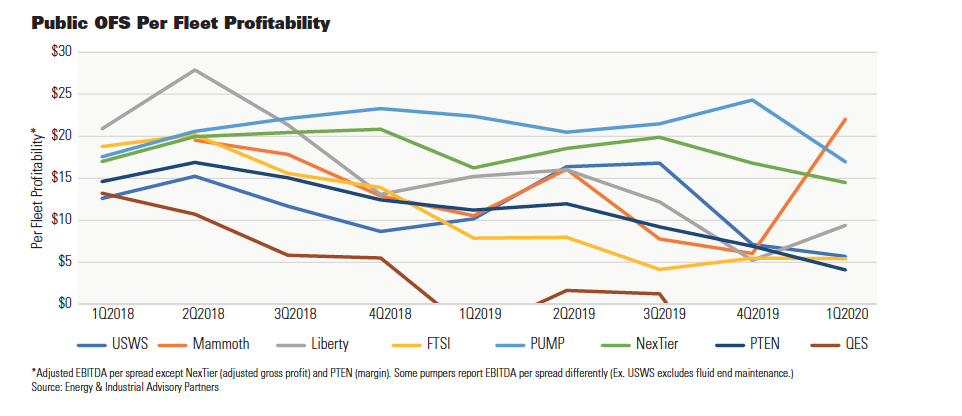
Multiple companies are making the needed adjustments due to this market and will emerge stronger as a result of this downturn, he added.
Pressure pumping has become more of an efficient manufacturing type of operation where repeatability of results matters alongside safety performance and minimized downtime, Shafer said. But the big question lingers around sustainable activity levels for U.S. unconventionals going forward.
“Will the market support 350 to 400 frac spreads? Is it 130 or 150 frac spreads? I would say, more likely than not, it’s somewhere between those two,” he said. “But I don’t think we’re going to get to where we were in 2018- to ’19, barring some major geopolitical change in the oil markets. So, everyone’s going to have to adapt to whatever that new normal is.”
Many say the industry will look different with fewer players.
“You’re going to see an industry that’s tougher, more resilient, that’s more efficient, that has a smaller footprint on location. That is reducing overall emissions on location,” Jameson said. “These are going to be the competitors that are going to do well in what the next chapter holds for pressure pumping. The frac industry still has a viable future for those who adapt.”
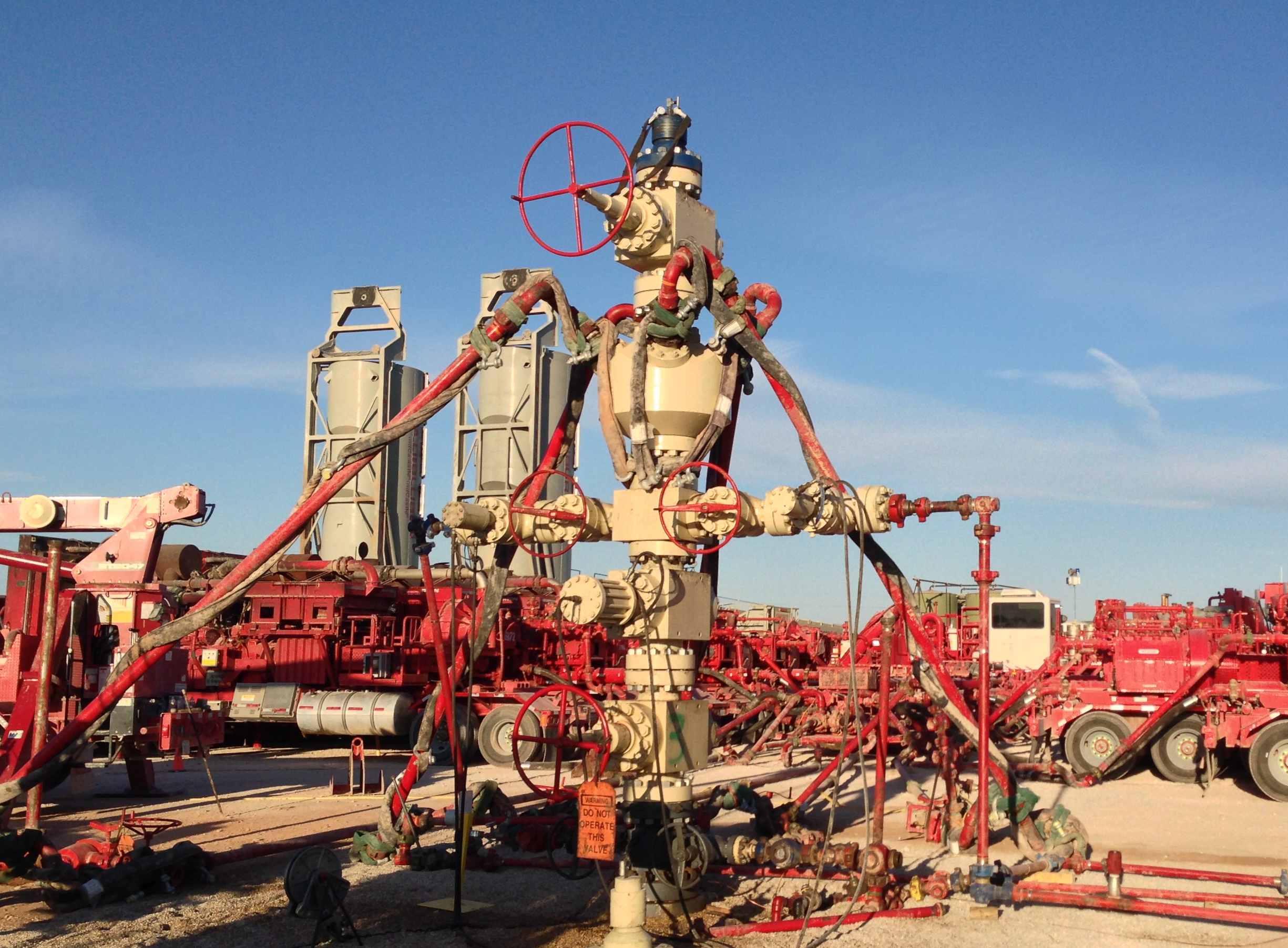
Recommended Reading
Trillion Energy Begins SASB Revitalization Project
2024-04-15 - Trillion Energy reported 49 m of new gas pay will be perforated in four wells.
Halliburton’s Low-key M&A Strategy Remains Unchanged
2024-04-23 - Halliburton CEO Jeff Miller says expected organic growth generates more shareholder value than following consolidation trends, such as chief rival SLB’s plans to buy ChampionX.
ShearFRAC, Drill2Frac, Corva Collaborating on Fracs
2024-03-05 - Collaboration aims to standardize decision-making for frac operations.
E&P Highlights: Feb. 5, 2024
2024-02-05 - Here’s a roundup of the latest E&P headlines, including an update on Enauta’s Atlanta Phase 1 project.
E&P Highlights: April 22, 2024
2024-04-22 - Here’s a roundup of the latest E&P headlines, including a standardization MoU and new contract awards.


